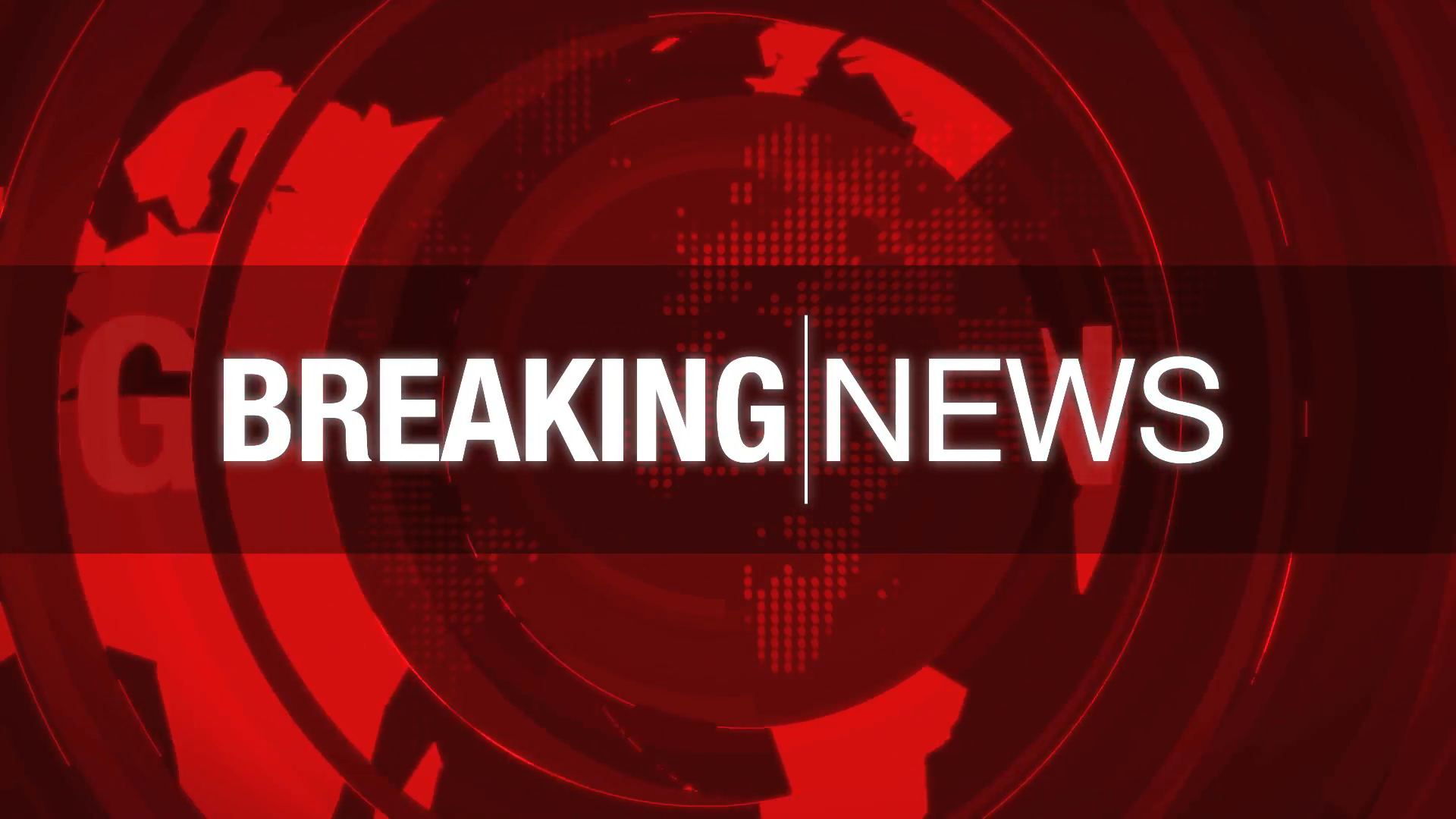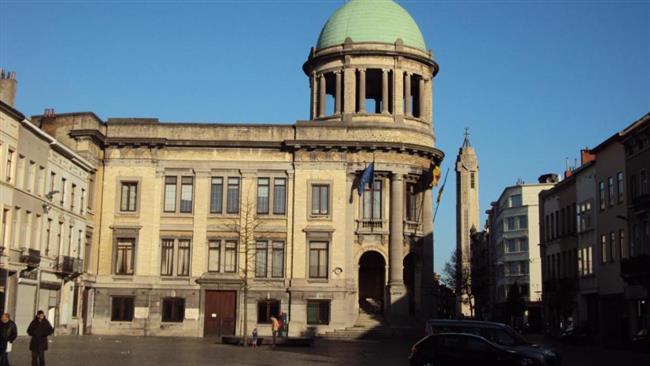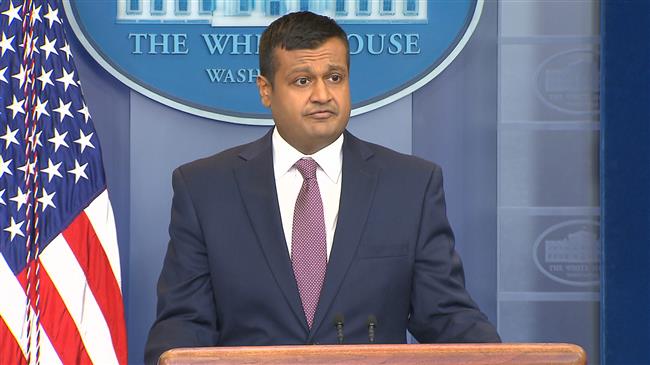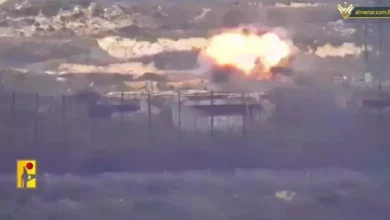New images show Rohingya refugees with army-inflicted wounds, burns
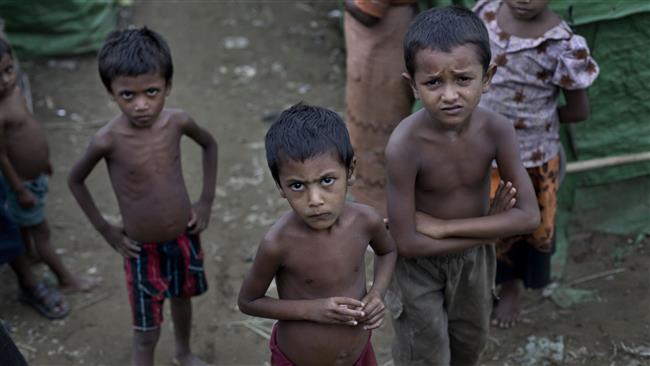

The Myanmarese army is under more pressure over its brutalities against Rohingya Muslims after fresh images emerged reportedly showing refugees from the minority group with wounds and burns sustained during a military crackdown.
The pictures, seen by The Guardian, depict Rohingya refugees, among them children, with severed limbs, disfigured faces, slashed bodies and machete-inflicted head wounds apparently sustained during a Myanmarese army’s crackdown.
The photos, obtained by the Burmese Rohingya Organization of the UK, a London-based advocacy group, strengthen reports that Myanmar’s military committed serious abuses against the ethnic minority during a military campaign in Rakhine State that ended this year.
A United Nation report that included interviews with hundreds of Rohingya refugees, said, “The army deliberately set fire to houses with families inside” and “in other cases pushed Rohingya into already burning houses.”
The pictures also showed some children bearing bullet wounds and burn scars and a seven-year-old boy suffering severe blistering on both thighs.
Claiming that the military was responsible for the injuries, the boy’s mother said, “When the military burnt my house, I could not prevent my son from being burnt.”

In another case, a five-year-old girl was spotted with a “deep burn” on the skin around her fingers, with her mother claiming that the girl received the injury when she had been pushed into fires by the military. The girl’s life was saved by the intervention of a bystander.
“Someone pulled my child from the flames. She was unconscious for three days afterwards,” said the girl’s mother.
A spokesman for the UN High Commissioner for Refugees in Bangladesh said, “It is known to our staff that there were people with such reported injuries as gunshot wounds and burns among those who were seeking assistance from the registered refugees inside the camps. They were generally adults and teenagers. They were referred as quickly as possible for medical attention through NGOs and local hospitals.”
The photographs have prompted renewed calls for Myanmar to cooperate with the UN’s fact-finding mission.

“Given the compelling nature of the testimonies collected by various credible groups, if the area remains closed off to investigators it will add to suspicions that the authorities would prefer to let impunity reign than to achieve meaningful accountability,” said the Office of the United Nations High Commissioner for Human Rights.
In October 2016, Myanmar’s forces launched a military crackdown in Rakhine State, where the Rohingya community is mainly based, following a raid on a police post that was blamed on Rohingya-linked militants.
Hundreds of Rohingya have been killed and tens of thousands have been forced from their homes to live in squalid camps in dire conditions in Myanmar, Thailand, Malaysia and Indonesia due to the clampdown.
In February, a report by the UN human rights office said Myanmar’s months-long crackdown on its Rohingya Muslims could amount to crimes against humanity and “ethnic cleansing.”
The government denies full citizenship to the 1.1 million-strong population, branding them illegal immigrants from Bangladesh. Rohingya Muslims are believed to be a community of ancient lineage in Myanmar.
The country has been internationally censured for its brutal treatment of Rakhine’s more than one million Rohingya Muslims.
